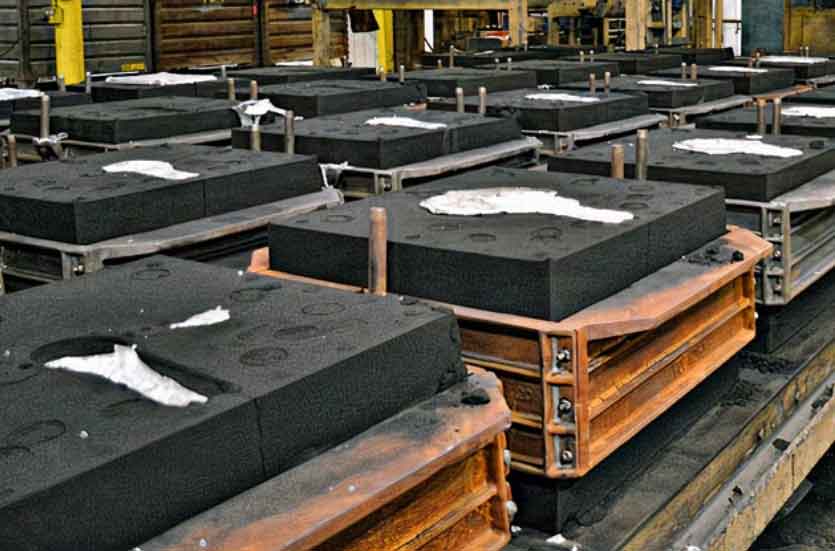
Resin sand casting is a manufacturing process that effectively bridges the gap between design and manufacturing in the production of metal parts. It combines the flexibility of design provided by 3D printing with the durability and cost-effectiveness of traditional sand casting.
The process begins with the creation of a 3D model of the desired part using computer-aided design (CAD) software. This digital model is then used to create a physical pattern or mold, typically using a 3D printer. The pattern is produced using a special resin that can withstand the high temperatures and pressures encountered during the casting process.
Once the pattern is ready, it is coated with a layer of sand to create the mold cavity. This sand-resin mixture provides excellent dimensional accuracy and surface finish, ensuring that the final cast part meets the desired specifications. The sand mold is then prepared for casting by removing any excess moisture and heating it to remove the pattern, leaving behind a hollow cavity.
Next, molten metal is poured into the mold cavity. The metal solidifies and takes the shape of the mold, forming the desired part. After cooling, the sand mold is broken away, revealing the finished casting. Any additional finishing processes, such as trimming, grinding, or surface treatments, can be performed to achieve the final desired appearance and dimensions.
Resin sand casting offers several advantages that make it an attractive choice for bridging the gap between design and manufacturing:
- Design Flexibility: By using 3D printing to create the pattern, complex geometries and intricate designs can be easily achieved. This allows designers to push the boundaries of traditional manufacturing and create parts with unique shapes and features.
- Cost-Effectiveness: Compared to other rapid prototyping methods like direct metal 3D printing, resin sand casting is generally more cost-effective. The process utilizes sand, which is readily available and relatively inexpensive, reducing material costs. It also allows for batch production, making it suitable for larger quantities of parts.
- Excellent Surface Finish: Resin sand casting produces parts with superior surface finish and dimensional accuracy. The fine sand particles combined with the resin binder result in smooth surfaces and sharp details on the final castings, reducing the need for extensive post-processing.
- Wide Material Compatibility: Resin sand casting supports a wide range of metals and alloys, including aluminum, iron, steel, and bronze. This versatility makes it suitable for various applications across different industries.
Despite its advantages, resin sand casting does have some limitations. It may not be the most suitable option for extremely high-precision parts or parts with extremely thin walls, as the sand mold may not provide the necessary precision. Additionally, the process may have longer lead times compared to other rapid manufacturing methods.
Overall, resin sand casting offers a practical solution for bridging the gap between design and manufacturing. It combines the benefits of design flexibility and cost-effectiveness with the reliability and durability of traditional sand casting, making it a valuable process in the production of metal parts.
